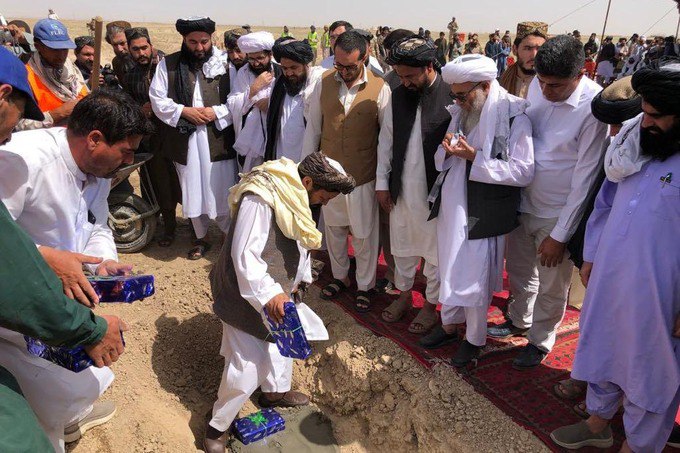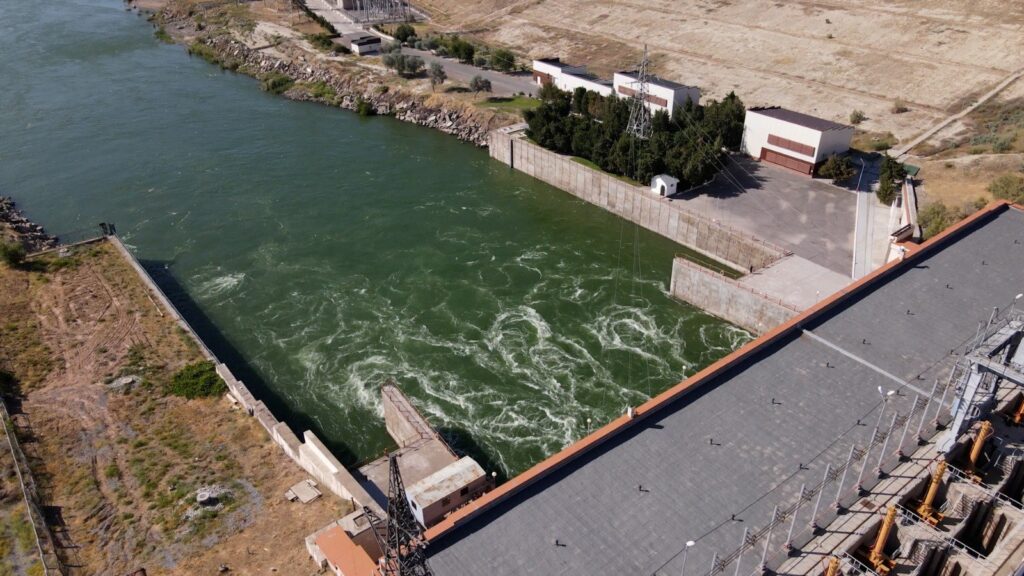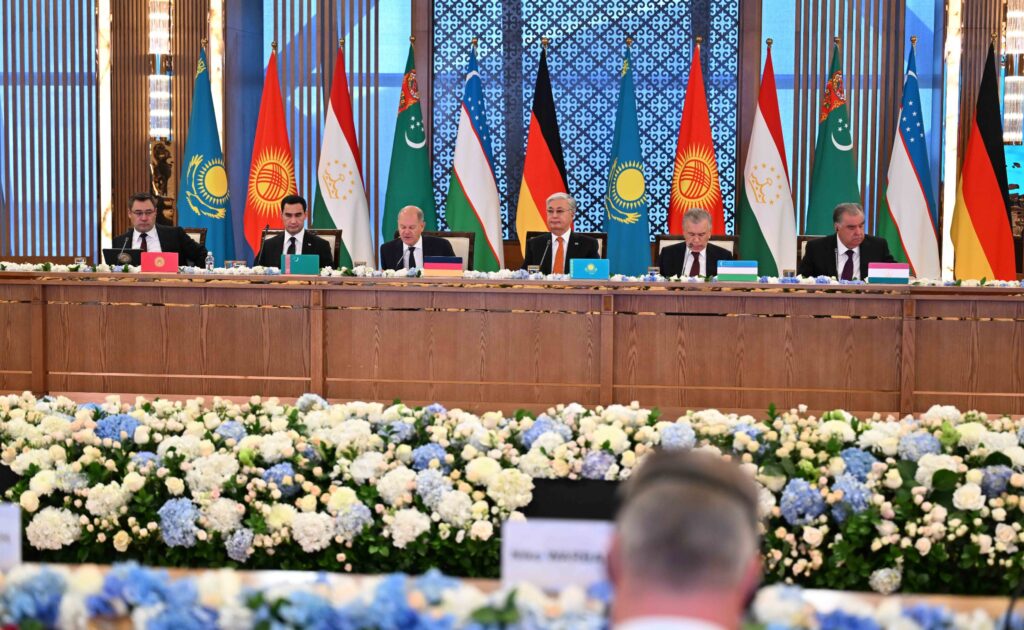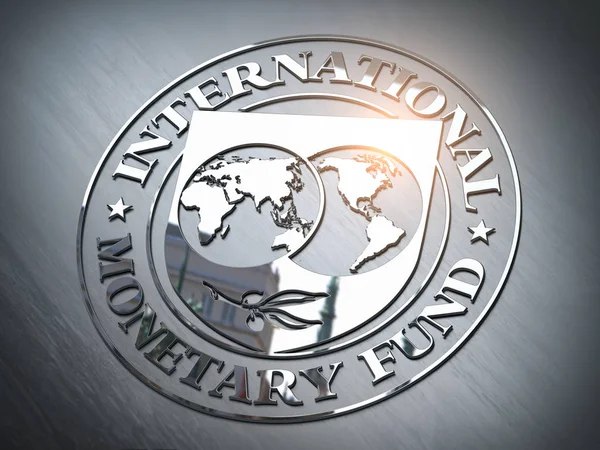BISHKEK (TCA) — The downward trend governing the changes of foreign direct investment (FDI) stock of CIS countries — including five post-Soviet republics of Central Asia — during the period from 2013 to 2015 has been replaced with significant growth. According to the latest data, in 2016 mutual CIS and Georgia FDI stock increased by 7.9% to $45.1 billion after a three-year decline, according to the report entitled Monitoring of Mutual Investments in CIS Countries – 2017, prepared by the Centre for Integration Studies of the Eurasian Development Bank.
Russia has begun to attract more investment capital from its neighbors: FDI stock has gone up by 61.1% to reach $6.1 billion. Higher values were posted only in 2010-2012. Still, in terms of FDI imports from post-Soviet states, Russia comes only third after Belarus and Kazakhstan.
The top four Russian investors include Gazprom, LUKOIL, VimpelCom, and MTS. At the beginning of 2017, they accounted for $19.5 billion of total FDI stock. This represents more than 43% of total mutual direct capital investments in the CIS (or almost 56% of total Russian FDI in the post-Soviet area). The ten largest investors in the CIS (now represented not only by Russian companies, but also by Belarusian, Azerbaijani and Kazakh companies) account for 59% of total mutual FDI stock in CIS countries and Georgia.
The sectoral structure of CIS mutual FDI stock is dominated by Russia’s Oil and Gas sector (at the beginning of 2017, its share stood at 40%). The closest also-rans, with a sizeable lag, were Communication and IT (9.8%), Non-Ferrous Metals (7.2%), and Infrastructure Networks (6.4%). Compared to the end of 2008, the share of Oil and Gas has increased by 10.1%, while the share of Communication and IT has gone down by the same value.
Azerbaijan is one of the two countries (Russia being the other one) acting as net exporters of direct capital investments into the CIS countries and Georgia. Azerbaijani FDI in post-Soviet states is characterized by non-stop growth – in 2016 it went above the $2.4 billion mark (a 19.4% increase relative to 2015). Despite the adverse economic climate, Azerbaijan is still prepared to invest its capital in the region, primarily in transportation projects. Azerbaijani FDI in the post-Soviet area is also becoming more diversified geographically, with investment projects now registered in five states (Georgia, Russia, Ukraine, Kazakhstan, and Belarus).
Ukraine has lost the status of the leading CIS FDI recipient. While in 2013 it accounted for $17.0 billion, or 31.2%, by the end of 2016 that indicator, following a period of unrelenting decline, plummeted to $5.6 billion, or 12.4%. It is quite possible that in 2017 Ukraine will be overtaken not only by the trio of Eurasian Economic Union (EEU) founders (Belarus, Kazakhstan, and Russia) but also by Uzbekistan, where the 2016 year-end figure was $5.4 billion.
“Future changes in mutual CIS FDI will be determined by investment activity within the Eurasian Economic Union, primarily of Russia,” says Evgeny Vinokurov, EDB Centre for Integration Studies’ director. “When mutual investments declined in 2013-2015, the rate of decline in the EEU was considerably lower. When investments soared in 2016, the rate of growth in the EEU was twice as high (16% vs. 8%).”
Eurasian Development Bank (EDB) is an international financial institution founded by Russia and Kazakhstan in 2006 to promote the development of market economies of its member states, and secure their sustainable economic growth and expansion of their mutual trade and economic ties. The charter capital of the EDB is $7 billion. The member states of the Bank are Armenia, Belarus, Kazakhstan, Kyrgyzstan, Russia, and Tajikistan.









